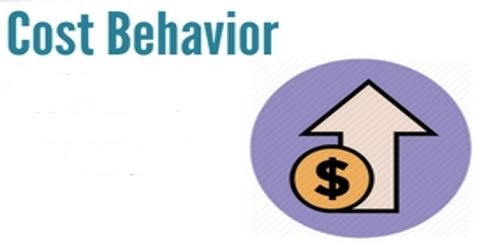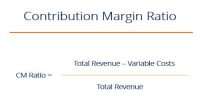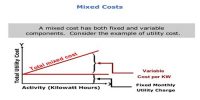Cost behavior: Cost behavior refers to how a cost will change as the level of activity change. Manager how to understand how costs will change under various alternatives. Some cost increase or decrease on the basis of activity increase or decrease and some cost for all time constant in the level of activity. An understanding of cost behavior is essential to anyone who wishes to use accounting as a tool for planning, controlling, and decision making. The understanding of cost behavior is also necessary for calculating a company’s break-even point and for any other cost-volume-profit analysis. A business manager should be aware of cost behaviors when constructing the annual budget, to anticipate whether any costs will spike or decline.
Classify fixed cost recording to its behavior: Fixed costs are those cost which remains constant over a relevant range at the output. For planning purposes, a fixed cost can be classified as either committed or discretionary fixed cost.
Committed fixed costs: Committed fixed costs are those costs which are arises from yearly appropriation decision by the higher management authority. For example, insurance, depreciation, income tax etc.
Discretionary fixed costs: Discretionary fixed costs are those costs which are arises from yearly appropriation decision by the higher management authority for repairs and maintenance cost, advertising Costs research and development cost etc.
















